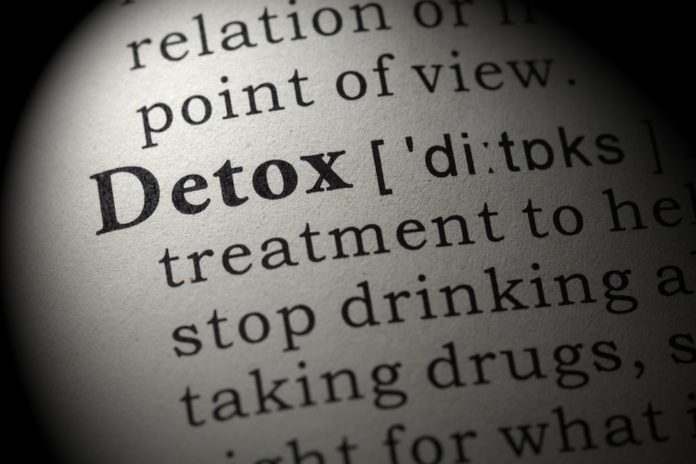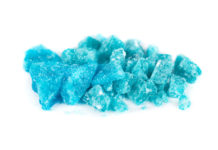A 2017 study published in the American Journal of Psychiatry found that an oral, extended-release version of naltrexone was safe, effective, and tolerated by patients in drug detox when used in conjunction with single-day buprenorphine doses and additional non-opioid medications. The findings, according to researchers, offer “a promising alternative” to the high rates of attrition and relapse that have been seen with weaning patients who may be in either an inpatient or outpatient drug detox facility.
The study, funded by the National Institute on Drug Abuse, was lead by Dr. Maria Sullivan, associate professor of clinical psychiatry at Columbia University and medical director of clinical research and development for Alkermes, Inc., developers of the naltrexone-based medication Vivitrol.
“Given the continued acceleration of the opioid epidemic in the U.S., XR-naltrexone (extended release) is too important of a medication to be reserved for addiction specialists or physicians working in inpatient settings,” she said.
Naltrexone is an opiate antagonist, meaning it occupies opiate receptors in the brain and blocks the effects of opiates, as well as stave the urges to take opiates. The medication is used alongside counseling and close monitoring.
Sullivan and her team organized trials that examined the efficacy between two approaches of outpatient opioid detox followed by XR-naltrexone. A total of 150 opioid-dependent participants were randomly placed into either naltrexone-based detox or buprenorphine-based detox at a ratio of 2:1 followed by an injection of extended-release naltrexone for both groups.
“To clarify, XR-naltrexone is FDA-approved for the treatment of alcohol dependence and the prevention of relapse to opioid dependence, but this study focused on its use for opioid dependence,” Sullivan said. “What we found was that, contrary to our expectations, oral naltrexone afforded just as comfortable a detoxification as buprenorphine. This means that this strategy can be safely used in outpatient settings. And, importantly, patients who received oral naltrexone were far more likely to be able to transition successfully to XR-naltrexone.”
The naltrexone-based detox was held for seven days with an additional day of buprenorphine treatment, followed by depreciated oral doses of naltrexone, clonidine and other meds. The buprenorphine-based detox proceeded with a seven-day taper and a one-week hiatus before introducing XR-naltrexone.
In comparison to those in buprenorphine-based drug detox (32.7 percent), those in naltrexone-based detox (56.1 percent) were much more inclined to be… (continue reading)
















